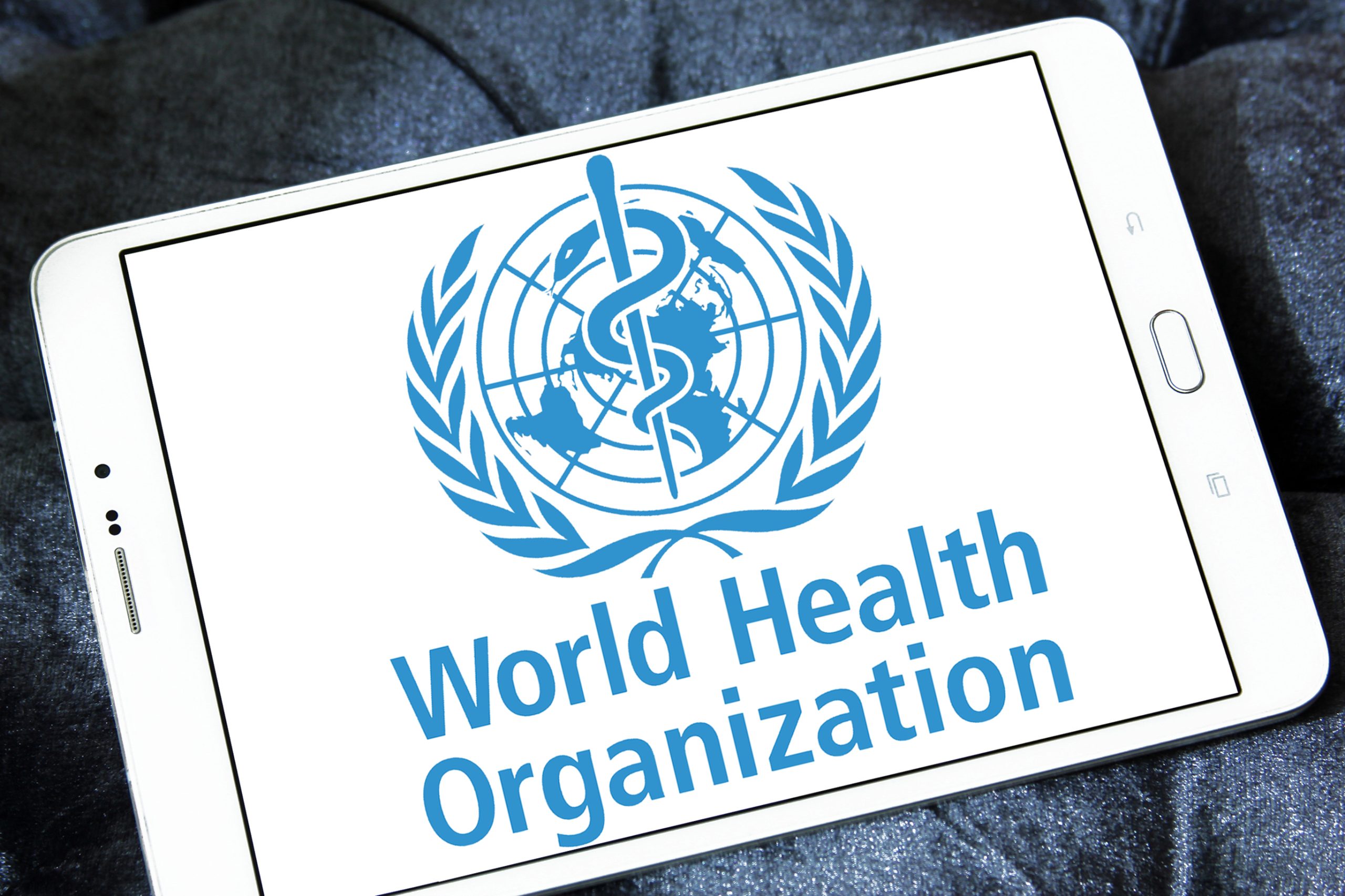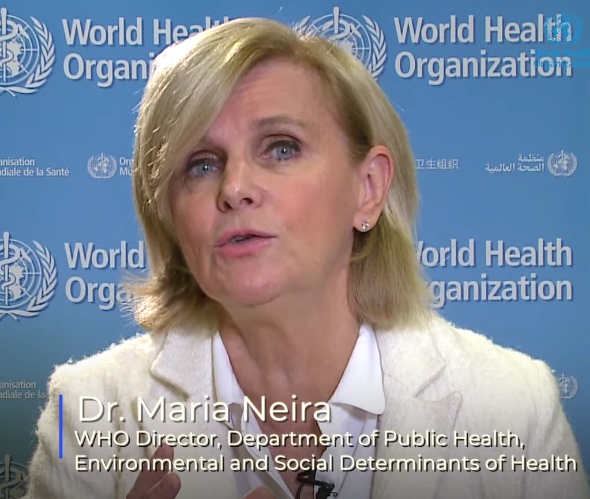Air Purification in Demand as the Risk of Airborne Covid19 is Recognized by the WHO

——————————
Update November 17th 2020: the UK Government follows suit
Rensair recently highlighted the changing landscape in air purification, as the WHO released a 5 minute video (WHO) recommending good room ventilation, or, where that was not possible, to use air purification devices that use HEPA filters (e.g. a Rensair Hospital-grade Air Purification Unit).
Now the UK Government, in conjunction with the NHS, has just released a similar video on the risks of Covid19 airborne transmission. They highlight how an infected person can generate “small coronavirus particles” (i.e. aerosols) through breathing that can a) float in the air, and b) linger in a room or any enclosed space – and other people can breathe them in, becoming infected.
Just like the WHO, the Government recommends good ventilation through opening windows and using extractor fans. Whilst this video is directed at households, it naturally applies to all indoor spaces with poor ventilation.
As we discuss in our original article below, this recognition of airborne transmission shows a greater emphasis by governments to finally embrace and act to prioritise the mitigation of Covid airborne transmission risks, which many scientists have been clamouring for some time. Our conclusion remains the same – the general public will become more aware of these airborne transmission risks, and will thus increasingly expect effective solutions to mitigate against this risk at the places they work, shop or visit for social and entertainment reasons.
——————————–
Original article from Oct 2020: The changing air purification landscape
Very recently, air purification companies and in particular the pioneer Rensair, have seen an enhanced demand for its hospital-grade air purification units due to a sudden change in official policy on the risk of covid19 airborne transmission, as well as heightened media attention focused on this risk.
Frederik Hendriksen, co-founder of Rensair explains: “We are noticing that more businesses are becoming aware of the changes in official language and are preparing for their customers and employees who have started demanding that these airborne transmission risks are mitigated.” He continues, “a greater proportion of our units used to be installed to the healthcare sector (Hospitals, Doctors, Dentists, Care Homes etc), but this has now changed with a larger proportion now being distributed to private sector businesses.”
The commentary below explains the changes and heightened media attention, providing links to key institutional documentation, scientific research papers and important media stories.

Until very recently, the World Health Organisation (WHO) and many governmental institutions did not prioritise or place too much importance on the risk of Covid19 airborne transmission. The focus and ensuing guidelines have been on the risks of transmission from large droplets that fall onto surfaces, which when touched and ingested, cause transmission.
Indeed, for example, the British government’s HSE guidelines on ventilation remain brief and vague, consisting of recommending good ventilation through keeping windows and doors open, and advising to turn off recirculation fans. Given the change in weather, these recommendations are now impractical for many occupants of older buildings or locations with poor ventilation.
This low priority was in conflict with the scientific research. It had for some time been warning about the risks of Covid airborne transmission. As far back as June, Scientists and Professors were already writing articles highlighting the risks caused by aerosols that can remain suspended in the air for many hours, floating around poorly ventilated rooms. This culminated in 239 scientists writing an open letter in July to the World Health Organisation (WHO), requesting a formal recognition and research of virus airborne transmission risk.
It is clear that official institutions have now changed their attitude towards the risks of Covid19 airborne transmission, which has been followed by a large media exposure.
The WHO have now recognised Covid19 transmission risks and have released a 5 minute video (WHO) recommending good room ventilation, or, where that is impossible, air purification devices that use HEPA filters (e.g. a Rensair Hospital-grade Air Purification Unit). An EMG ventilation Report presented to SAGE highlighted these same risks through modelling air flow – interestingly this research paper utilised similar language seen in the guidelines Issued to dental practices by the NHS/Chief Dental Officer England as far back as in August (and updated in October).

In terms of media exposure, recently The Guardian, The Times and The Daily Telegraph newspapers have all written very similar and extensive articles on the risks of Covid19 airborne transmission, citing the well-publicised examples of unexplained virus transmission, where people caught the Covid19 despite not being in close proximity or in contact with an infected person. A very interesting article by Science Magazine highlights that the focus on the R coefficient is misplaced, suggesting more should be looked into the ´k’ coefficient for propagation of infectious diseases (i.e. “super spreader” events). An El Pais article has received widespread attention due to its focus on modelling the risk of airborne transmission in different settings (bars, restaurants and classrooms) with different conditions of ventilation over different timescales.
Frederik Hendriksen summarizes by highlighting why he believes a broader set of businesses have started to care: “over the last month we have noticed an important shift in official institutional awareness of the risks of covid19 airborne transmission, which have led to some changes to guidelines and recommendations. This has been picked up by the mainstream press, which we think is gradually leading to a greater awareness of these risks by the general public. Our belief is that business owners have become more acute to these risks and are taking action to mitigate these risks for their customers and employees who will demand air purification as part of a comprehensive Covid19 policy.”
Find out how Rensair hospital-grade air purification can help your business
